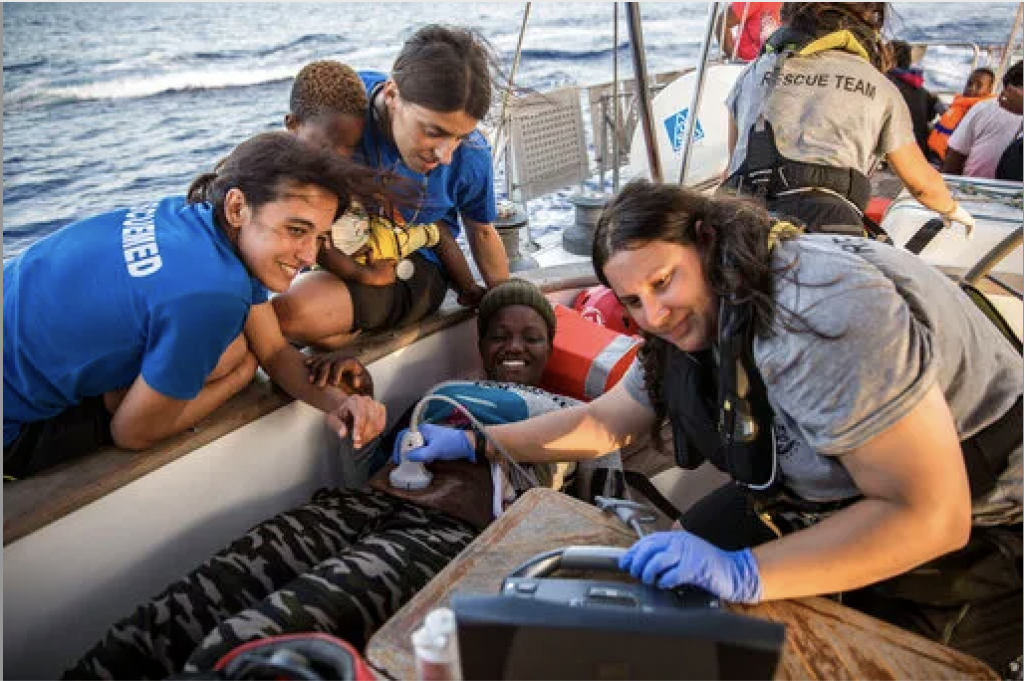
In moments of crisis, acting swiftly and thoughtfully can be a game-changer. If you ever find yourself faced with the need to rescue a pregnant woman caught in the flow of water, it becomes a human imperative to remain composed and approach the situation methodically. Our goal is to ensure the well-being of both the expecting mother and her unborn child.
1. Assessing the Scene:
Before leaping into action, take a moment to observe your surroundings. Gauge the speed and depth of the water, identify potential dangers, and consider the unique medical needs of a pregnant woman. A quick but thorough assessment sets the stage for a well-informed response.
2. Call for Support:
Reach out to emergency services promptly for professional aid. Clearly communicate the details of the situation, sharing accurate information about the location, the woman’s condition, and any possible risks. While awaiting help, offer comforting words to the woman, assuring her that assistance is en route.
3. Prioritize Your Safety:
Before embarking on a rescue mission, prioritize your own safety. Refrain from entering swiftly moving water without proper training and assistance. If feasible, await the arrival of professional rescuers. Your safety is pivotal in providing effective support.
4. Reach Out or Throw, but Don’t Enter:
If conditions allow, extend a helping hand to the pregnant woman using an elongated object like a stick, pole, or rope. Maintain a safe distance and encourage her to grasp the object. If direct contact isn’t viable, toss a flotation device or any buoyant item to help keep her afloat until professional assistance arrives.
5. Advocate for Controlled Floating:
If the woman is conscious and the water isn’t tumultuous, suggest that she lie on her back and float with the current. This technique conserves energy and minimizes the risk of injury until rescuers can reach her.
6. Maintain Open Communication:
Keep a continuous line of communication with the woman to provide reassurance and keep her informed. Ensure she is aware that help is on the way. If she is distressed, engage her in conversation to prevent panic.
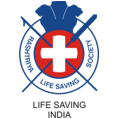




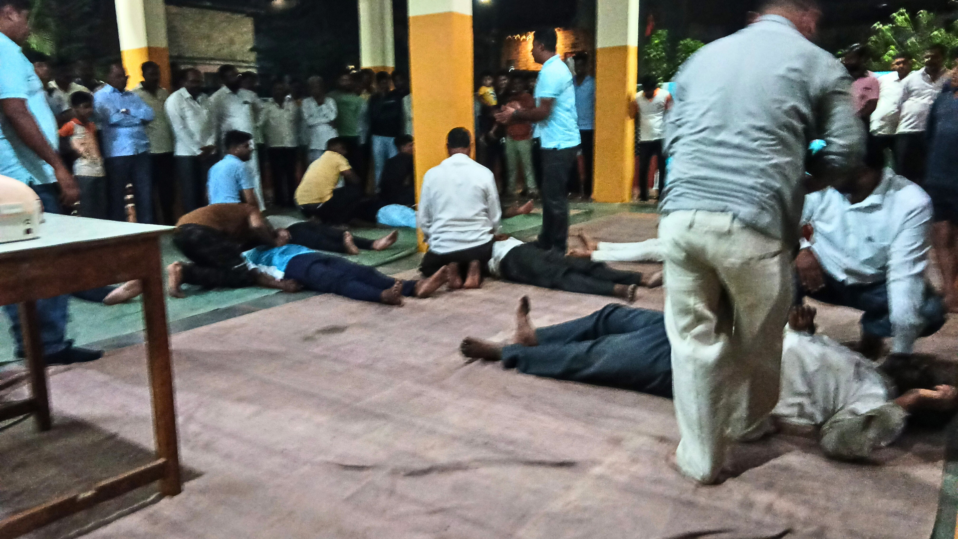

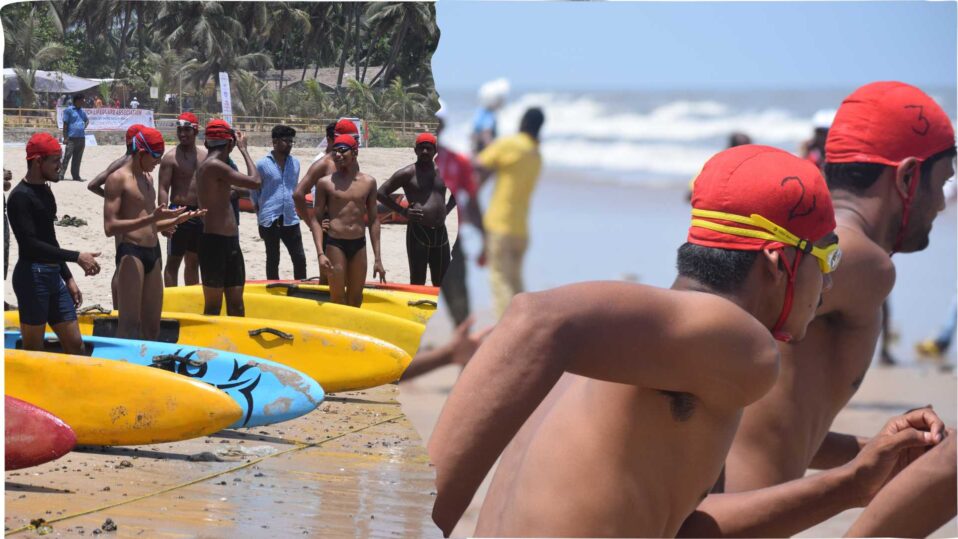
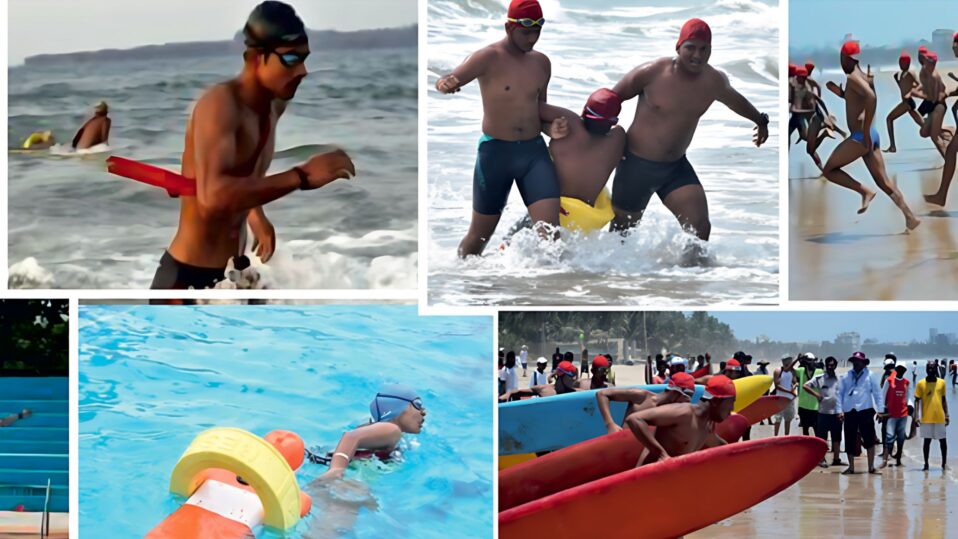
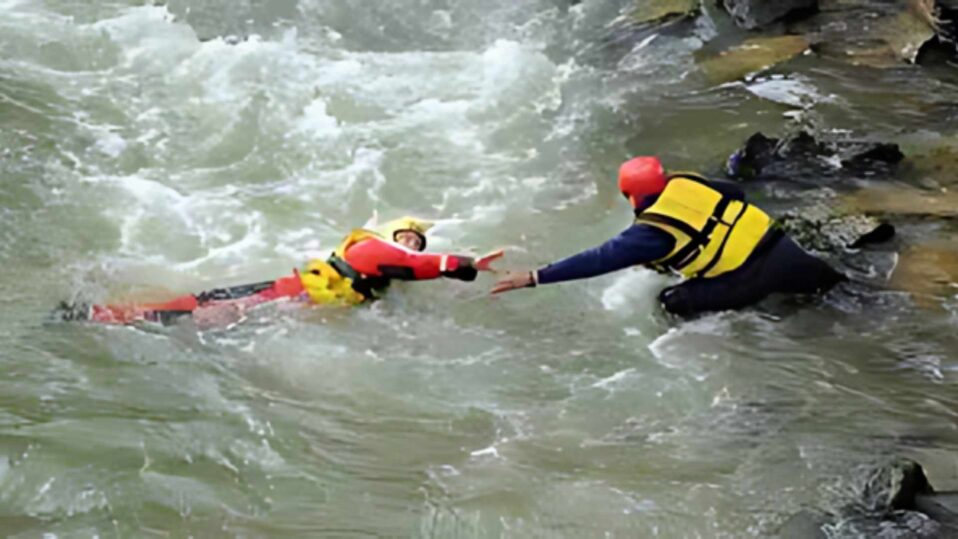
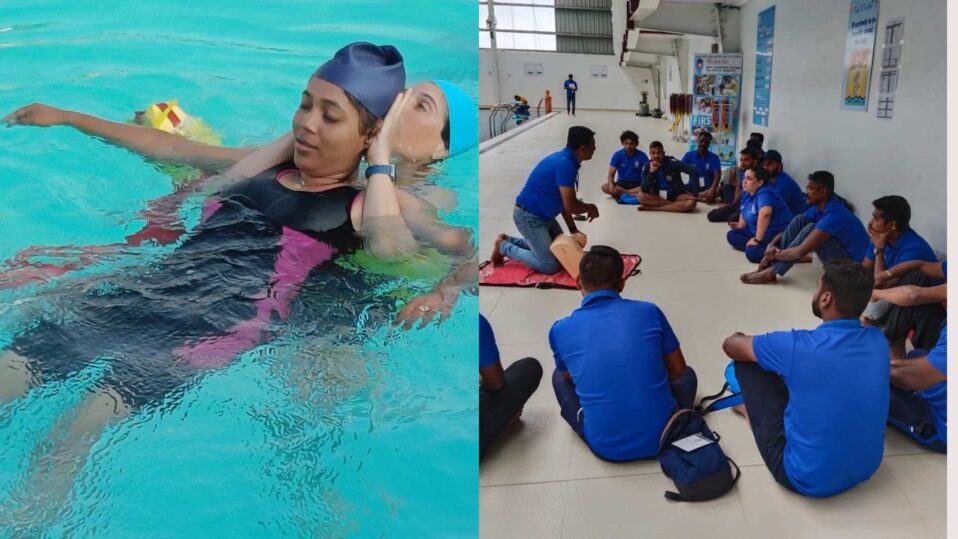
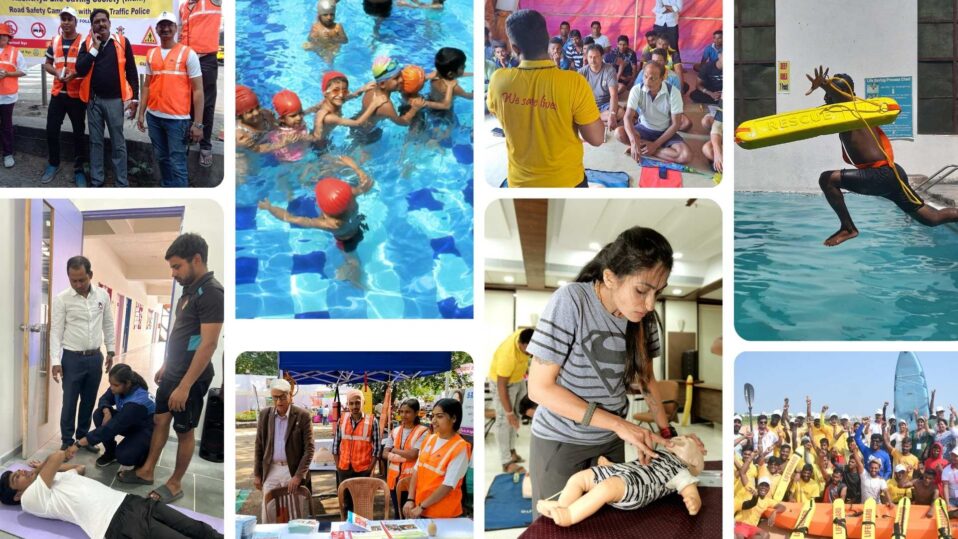


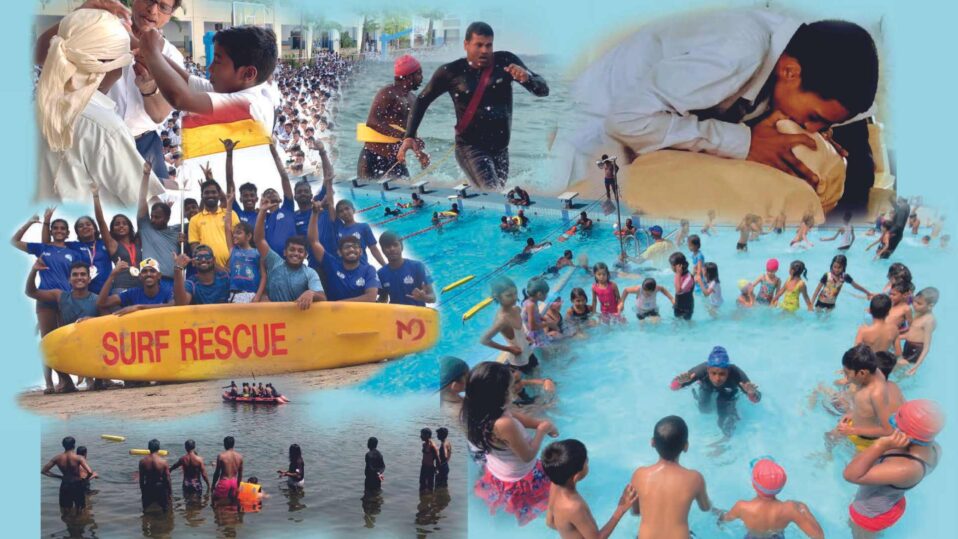
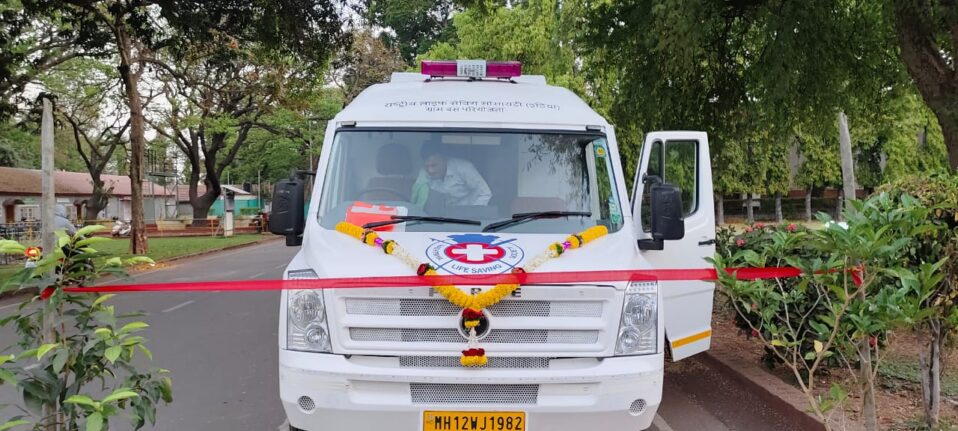
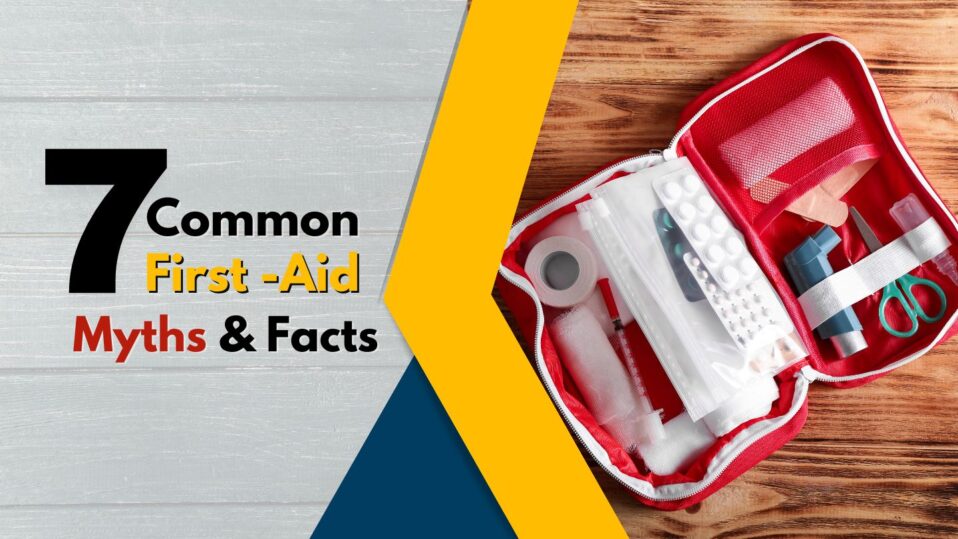
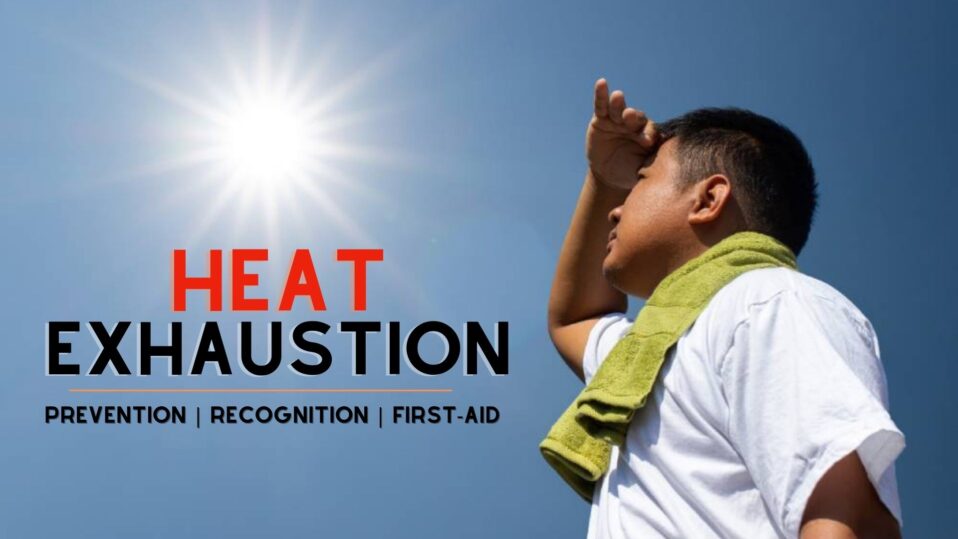
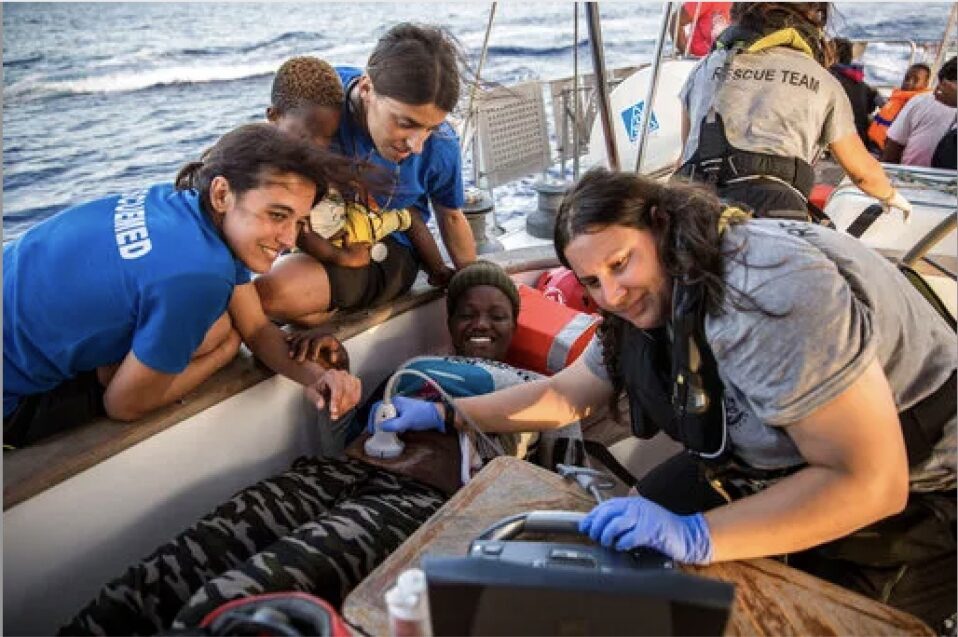
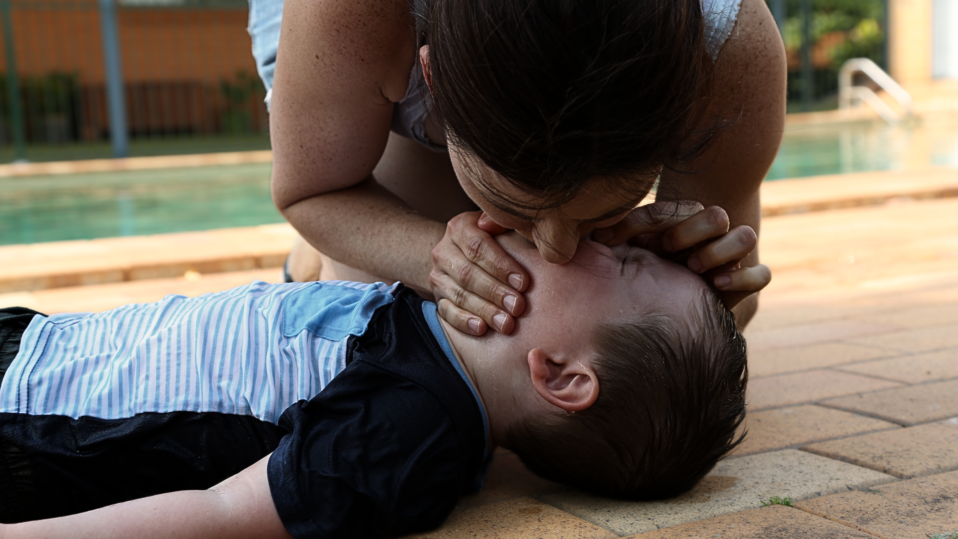
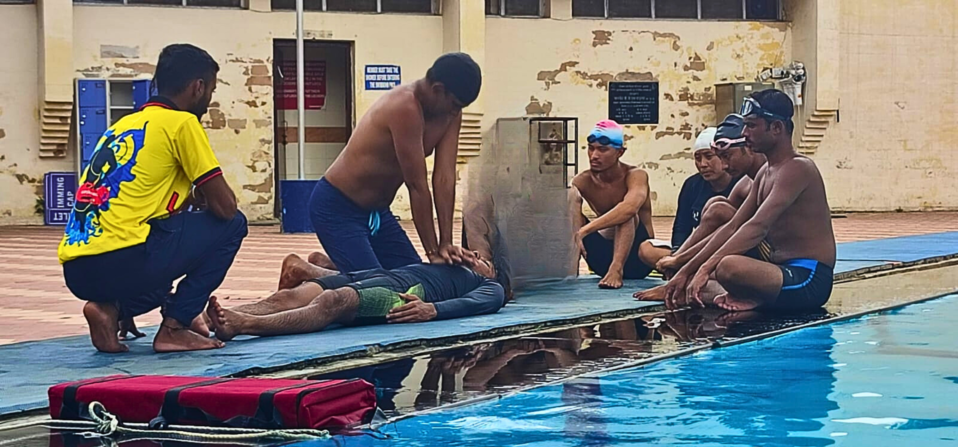
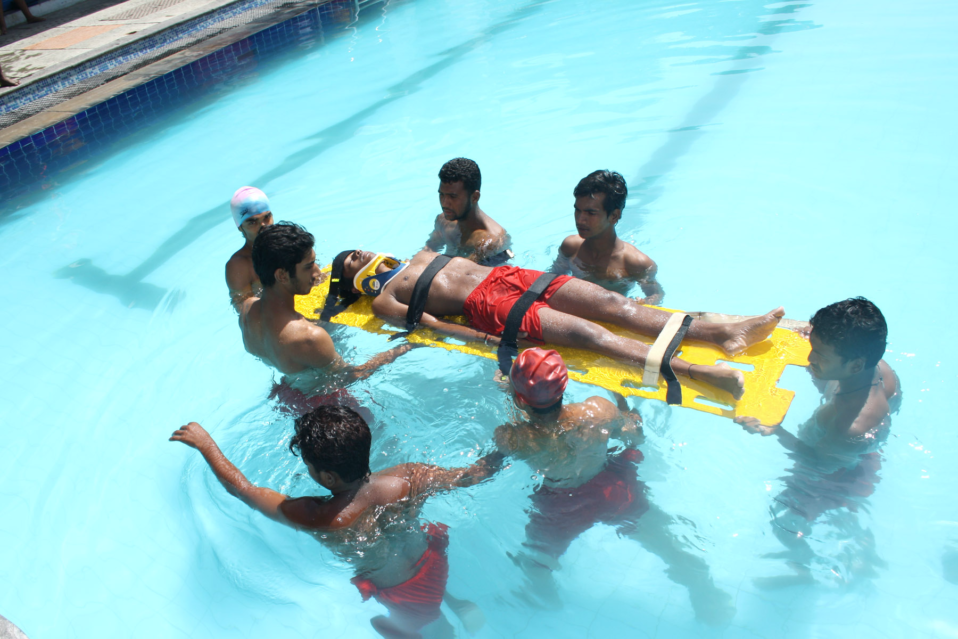
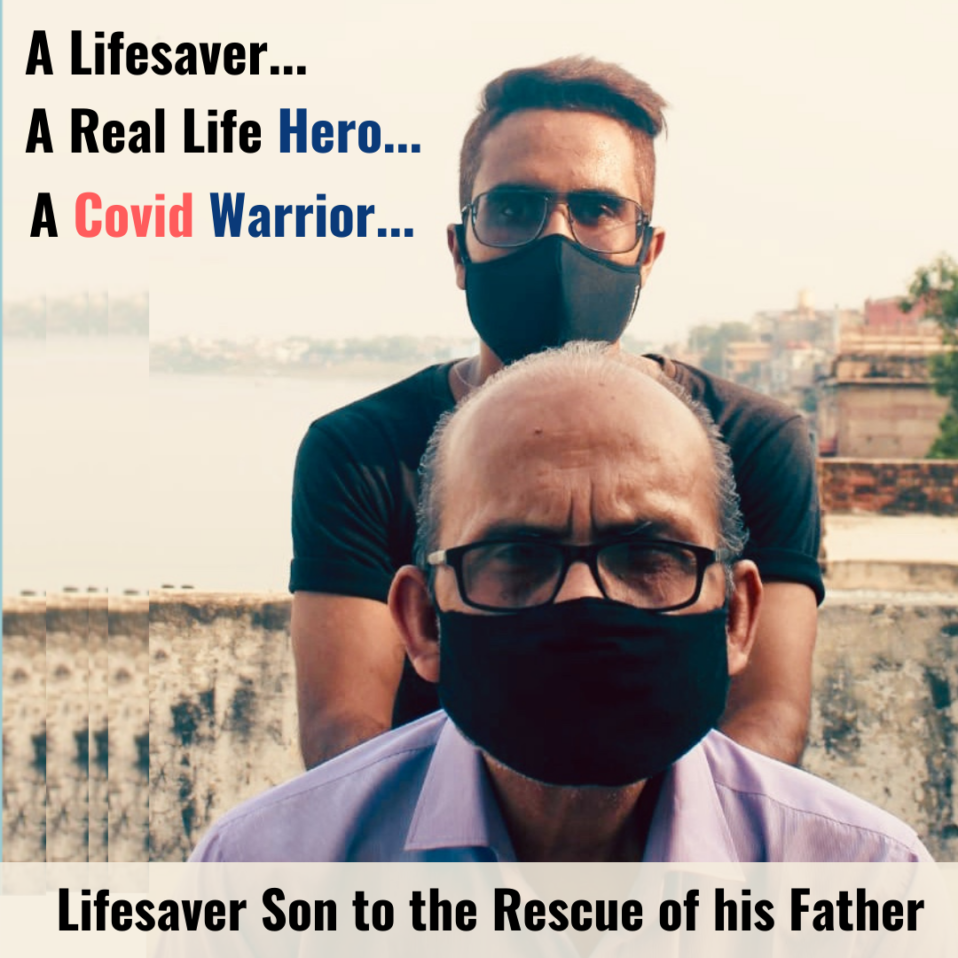


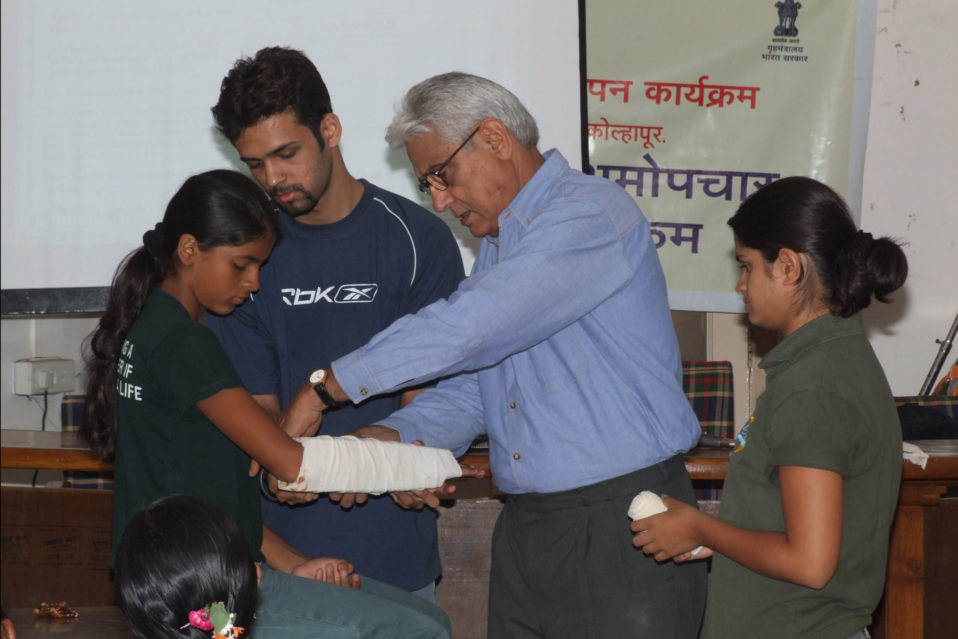
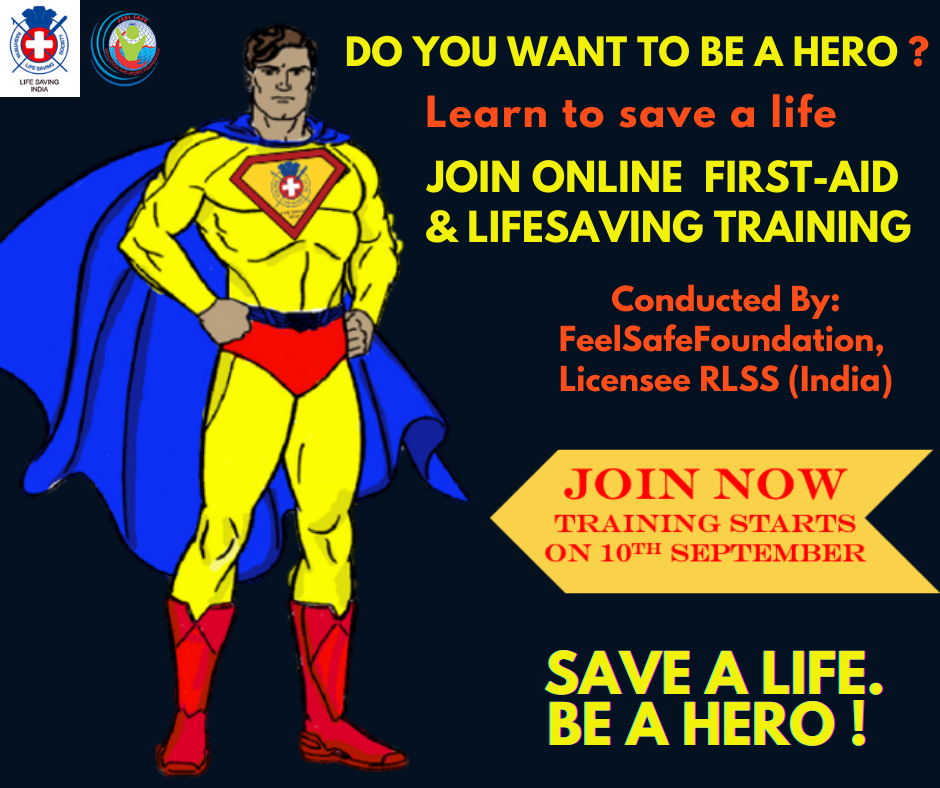

Post a comment